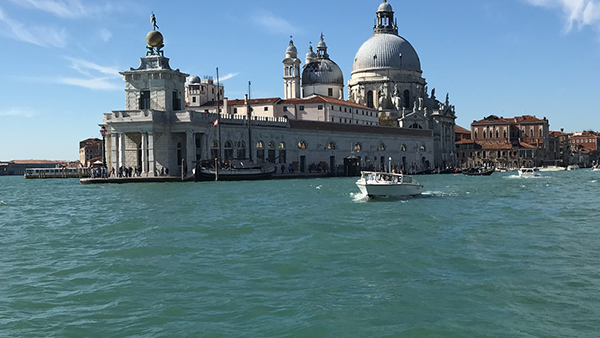Comment
Heritage & Townscape: The only constant is change
The second in our series celebrating 10 years of the Turley Heritage & Townscape service sees Director, Katy Lightbody explore change in the historic environment and the importance of adapting to this at pace.
Roger is right that change is the only constant. As I reflect on the last 10 years with the Turley Heritage team, a key theme for me has to be the importance of our ability to respond to change. We have needed to be adaptable, not only in our approach to the historic environment and our ways of assessing and capturing heritage values, but also in our ways of working.
This equally applies to the places and buildings we advise on. Their ability to adapt is integral to their survival and some of my favourite buildings and most memorable projects involve listed buildings that have adapted time and time again; their fabric tells that story. The appeal of these buildings is often determined by their long and unpredictable lives.
One of my favourite re-purposed buildings is the Punta Della Dogana in Venice, originally built as a customs house in the late 17th century and now a modern art gallery. Having fallen into severe disrepair, Tadao Ando restored the building in 2008/2009. The huge volume of interior spaces, simple industrial finishes and glimpsed views of the entrance to the Grand Canal make it an amazingly flexible space for the display of modern artwork.

Flexibility is key
The process of appraising and advising on alternative uses for buildings is, and will continue to be, a key strand of the work we do, often in combination with new development. I expect there to be a need for increasing proportionality in defining what is significant and where there is greater flexibility for alteration. The pressures of vacancy or underutilised buildings in our town and city centres will require creative thinking and pragmatism, including temporary uses and interesting combinations.
Responding to changing economic and environmental circumstances over the last ten years, many of our clients have increasingly explored the potential to secure planning permissions for a range of uses and a parameters based approach that enables flexibility. This is a greater challenge for listed buildings, with the need to reconcile heritage significance with the expectations of modernisation or a new use. Historic England is currently looking ahead to a 10 year strategy for heritage protection and held stakeholder sessions in December 2020 asking, amongst other things, whether ‘the List’ is fit for purpose for the 21st century. Perhaps we will see more engagement with the listing process and listing enhancement to provide clarity and certainty.
Change in our town and city centres is not new. The evolution of our shopping patterns from the market stall and traditional high street to luxurious department stores, American influenced supermarkets and out of centre shopping centres is testimony to that. Sustainability is however higher on our agenda than ever before, with the Government’s Planning White Paper recognising the contribution that heritage assets can make to long term zero carbon objectives. The sustainability of decisions on the future of existing buildings will be more closely scrutinised.
For more information on the work of our Heritage and Townscape service, please contact a member of the team.
18 January 2021
